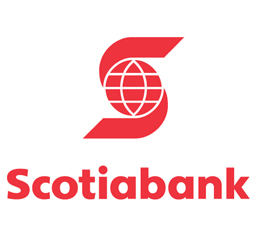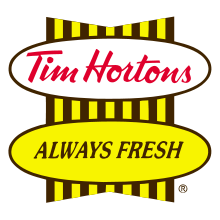
Nike, Inc: a powerful, innovative, dominant company on the leading edge of sportstechnology. How does it manage to stay in this position year after year? In a word: culture. All employees believe in the company and its values, and believe that there is something in Nike that needs to be protected; a secret of success. What is not so widely realized is that it is the employees themselves that are the secret to success. Most employees at Nike stay with the company for decades, building upon each other and working together. Stories are told about the founders and how they created this giant from nothing, and employees revere their employers. They are a part of something great, and know it. The company uses its history to create the future; from the past, they created the eleven maxims that guide the

company, principles such as “It is our nature to innovate” and “We are on the offense — always.” Nike conducts employee surveys to keep in touch with its 40,000+ employees and ensure that they are still in touch with the principles as they were when they were hired. With this level of commitment to the Nike culture, there is no doubt that Nike will remain a huge player for years to come.




